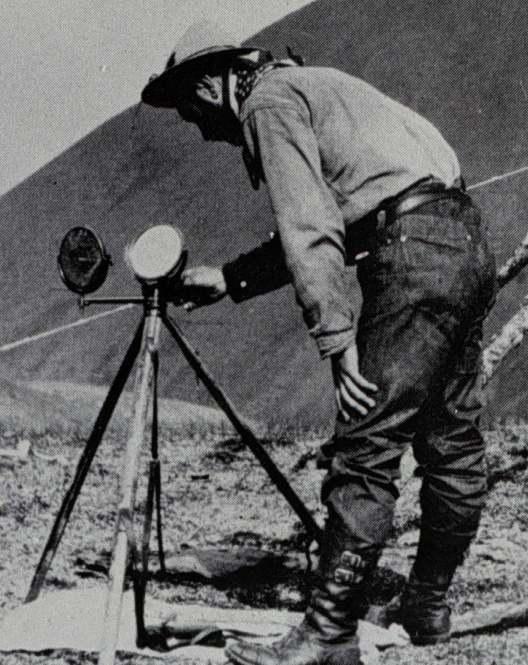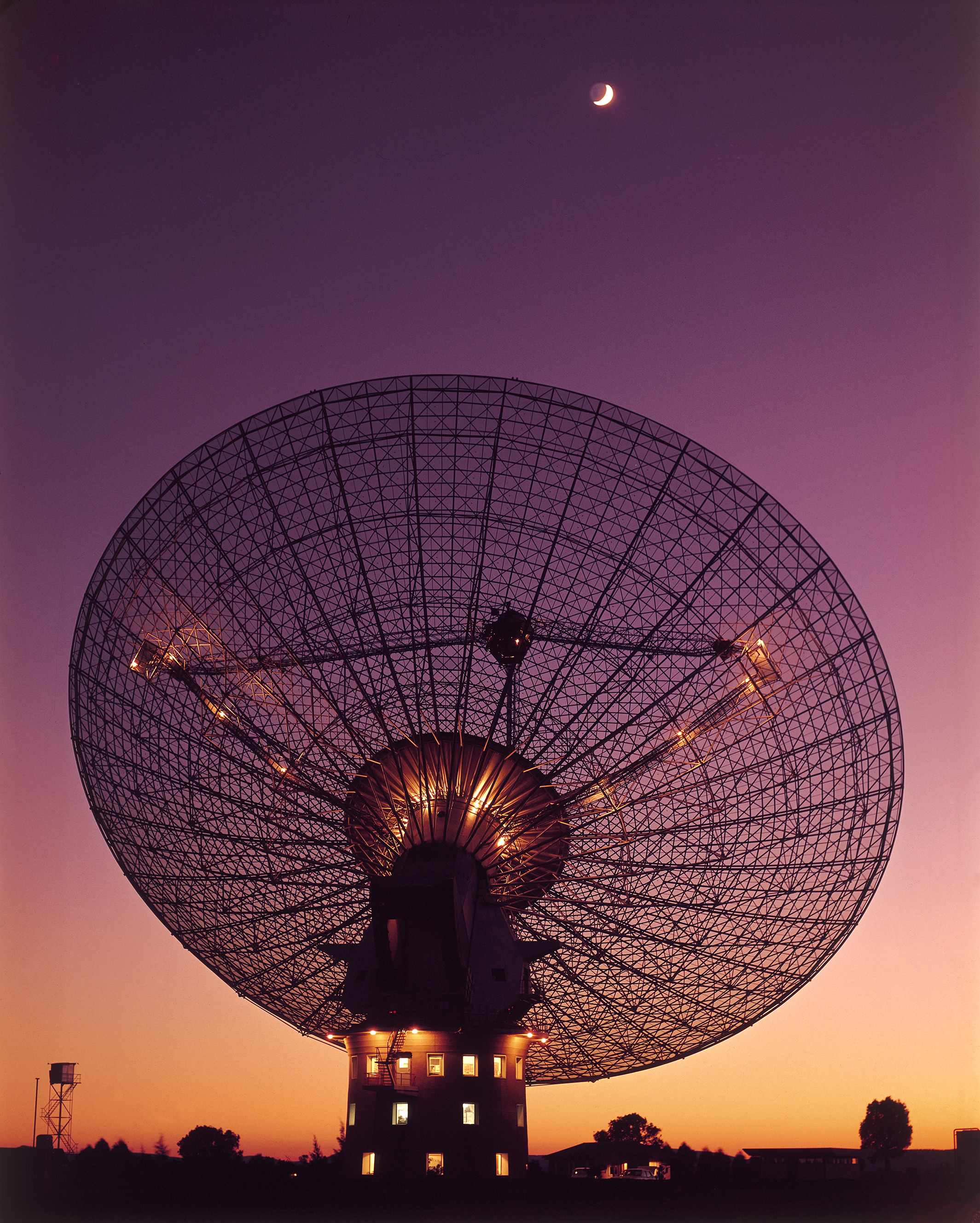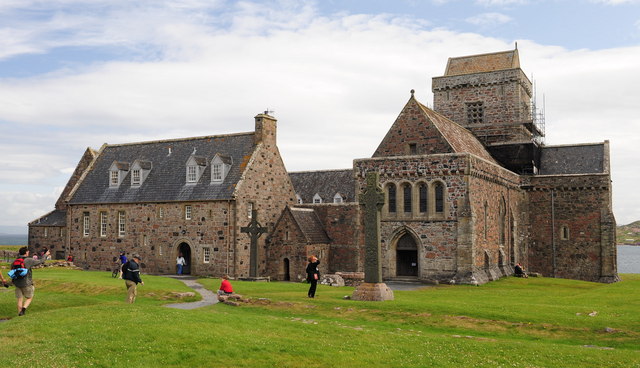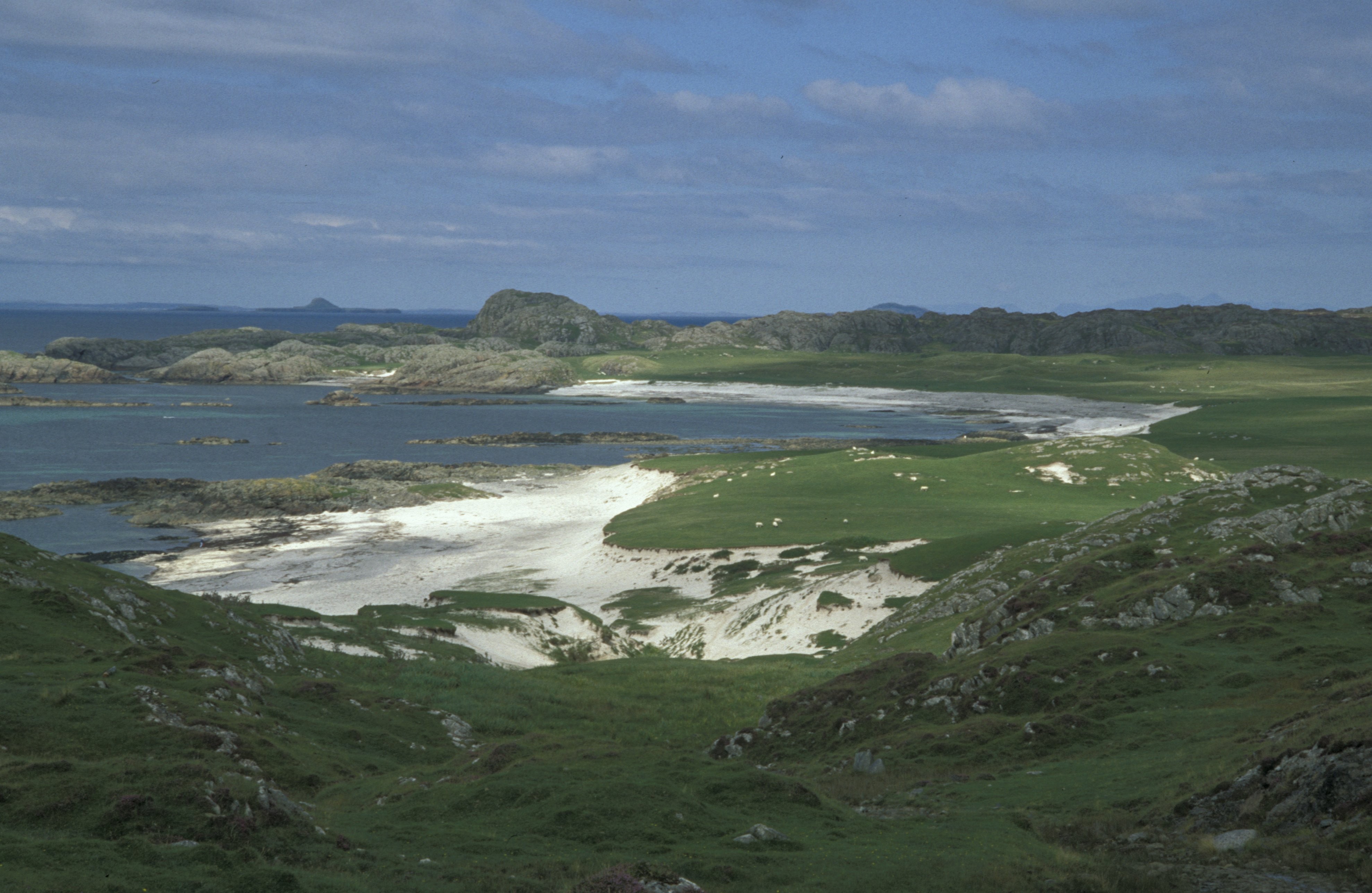|
St Columba's High School, New South Wales
St Columba's Catholic College, formerly St Columba's High School, is an independent Roman Catholic co-educational secondary day school, located in the Blue Mountains region, on the border of Winmalee and Springwood, in New South Wales, Australia. Established in 1979, the school is set in the grounds of the St Columba's property, which has extensive bushland surrounding the school. The property is a listed site on the Blue Mountains City Council local government heritage register. Campus Originally built as a Seminary in 1909, it was closed in 1977 and reopened as a high school in 1979. The monastic influence is seen in the neogothic sandstone architecture and the grounds with scattered grottos and shrines overlooking the Blue Mountains World Heritage National Park of Australia NSW. The St Columba's property is one of the largest landholdings in the Blue Mountains Local Government Area. Much of the property consists of natural bushland and is habitat for some threatened and ... [...More Info...] [...Related Items...] OR: [Wikipedia] [Google] [Baidu] |
Independent School
A private school or independent school is a school not administered or funded by the government, unlike a State school, public school. Private schools are schools that are not dependent upon national or local government to finance their financial endowment. Unless privately owned they typically have a board of governors and have a system of governance that ensures their independent operation. Private schools retain the right to select their students and are funded in whole or in part by charging their students for Tuition payments, tuition, rather than relying on taxation through public (government) funding; at some private schools students may be eligible for a scholarship, lowering this tuition fee, dependent on a student's talents or abilities (e.g., sports scholarship, art scholarship, academic scholarship), need for financial aid, or Scholarship Tax Credit, tax credit scholarships that might be available. Roughly one in 10 U.S. families have chosen to enroll their childr ... [...More Info...] [...Related Items...] OR: [Wikipedia] [Google] [Baidu] |
Greater Blue Mountains Area
The Greater Blue Mountains Area is a World Heritage Site located in the Blue Mountains (New South Wales), Blue Mountains of New South Wales, Australia. The area was placed on the World Heritage List at the List of World Heritage Sites by year of inscription#2000 (24th session), 24th Session of the World Heritage Committee, held in Cairns in 2000. Etymology When the atmospheric temperature of the region rises the essential oil produced from the eucalyptus species evaporates and disperses in the air, causing visible spectra of sunlight to scatter. The scattering causes the shorter wavelength colors (blue) to propagate more than the longer wavelength colors (red). This causes reflections from the mountains to appear bluish to human eyes, giving the mountain region its signature name, "Blue Mountains (New South Wales), Blue Mountains". Description The Greater Blue Mountains Area consists of of mostly forested landscape on a sandstone plateau, inland from the Sydney central bu ... [...More Info...] [...Related Items...] OR: [Wikipedia] [Google] [Baidu] |
Australia Telescope Compact Array
The Australia Telescope Compact Array (ATCA) is a radio telescope operated by CSIRO at the Paul Wild Observatory, twenty five kilometres (16 mi) west of the town of Narrabri in New South Wales, Australia. Its opening ceremony took place on September 2, 1988. Overview The telescope is an array of six identical diameter dishes, which commonly operate in aperture synthesis Aperture synthesis or synthesis imaging is a type of interferometry that mixes signals from a collection of telescopes to produce images having the same angular resolution as an instrument the size of the entire collection. At each separation and ... mode to produce radio images. Five of the dishes can be moved along a three-kilometre (2 mi) railway track oriented east-west. The sixth antenna is situated three kilometres west of the end of the main track. Each dish weighs approximately . The Compact Array is a part of the Australia Telescope National Facility network of radio telescopes. The array ... [...More Info...] [...Related Items...] OR: [Wikipedia] [Google] [Baidu] |
Heliograph
A heliograph () is a solar telegraph system that signals by flashes of sunlight (generally using Morse code from the 1840s) reflected by a mirror. The flashes are produced by momentarily pivoting the mirror, or by interrupting the beam with a shutter. The heliograph was a simple but effective instrument for instantaneous optical communication over long distances during the late 19th and early 20th centuries. Its main uses were military, surveying and forest protection work. Heliographs were standard issue in the British and Royal Australian armies until the 1960s, and were used by the Pakistani army as late as 1975. Description There were many heliograph types. Most heliographs were variants of the British Army Mance Mark V version (Fig.1). It used a flat round mirror with a small unsilvered spot in the centre. The sender aligned the heliograph to the target by looking at the reflected target in the mirror and moving their head until the target was hidden by the unsilvered spot ... [...More Info...] [...Related Items...] OR: [Wikipedia] [Google] [Baidu] |
Narrabri, New South Wales
Narrabri ( ) is a locality and seat of Narrabri Shire local government area in the North West Slopes, New South Wales, Australia on the Namoi River, northwest of Sydney. It sits on the junction of the Kamilaroi Highway and the Newell Highway. At the 2021 census, the town of Narrabri had a population of 5,499. Because of the geography of Narrabri and the surrounding areas, Narrabri township was quite prone to flooding and fire. Recently, changes have been made to the river flow to improve overall safety. It is the centre of a major cotton-growing industry. Other agricultural industries in the area include wheat, beef, and lamb. Nearby attractions are Mount Kaputar National Park, the Australia Telescope Compact Array at the Paul Wild Observatory (administered by the CSIRO), and a number of agricultural centres. Just to the south of town is the Pilliga Forest, the largest remnant temperate forest in Eastern Australia. Narrabri also has The Crossing Theatre, a 1,000-seat aud ... [...More Info...] [...Related Items...] OR: [Wikipedia] [Google] [Baidu] |
Paul Wild Observatory
The Paul Wild Observatory, also known as the Narrabri Observatory and Culgoora Observatory, is an astronomical research facility located about 24 km west of Narrabri, New South Wales, Australia. It is the home of the Australia Telescope Compact Array, and the Culgoora Solar Observatory. The site itself and the Australia Telescope Compact Array are run by Australia's science agency, the CSIRO. The current Solar Observatory is run by the Space Weather Services section of Australia's Bureau of Meteorology. The site is named in honour of Australian radio astronomer Paul Wild, who headed the team that built the instrument that the site was established for – the Culgoora Radioheliograph, the world's first radioheliograph – which ran from 1967 to 1984. The Australia Telescope Compact Array began operating at the site in 1988. Current facilities * The Australia Telescope Compact Array – a six-dish radio telescope interferometer * The Ionospheric Prediction Service (Space W ... [...More Info...] [...Related Items...] OR: [Wikipedia] [Google] [Baidu] |
Radio Telescope
A radio telescope is a specialized antenna (radio), antenna and radio receiver used to detect radio waves from astronomical radio sources in the sky. Radio telescopes are the main observing instrument used in radio astronomy, which studies the radio frequency portion of the electromagnetic spectrum, just as optical telescopes are used to make observations in the visible light, visible portion of the spectrum in traditional optical astronomy. Unlike optical telescopes, radio telescopes can be used in the daytime as well as at night. Since astronomical radio sources such as planets, stars, nebulas and galaxy, galaxies are very far away, the radio waves coming from them are extremely weak, so radio telescopes require very large antennas to collect enough radio energy to study them, and extremely sensitive receiving equipment. Radio telescopes are typically large Parabolic antenna, parabolic ("dish") antennas similar to those employed in tracking and communicating with satellites an ... [...More Info...] [...Related Items...] OR: [Wikipedia] [Google] [Baidu] |
Columba
Columba () or Colmcille (7 December 521 – 9 June 597 AD) was an Irish abbot and missionary evangelist credited with spreading Christianity in what is today Scotland at the start of the Hiberno-Scottish mission. He founded the important abbey on Iona, which became a dominant religious and political institution in the region for centuries. He is the patron saint of Derry. He was highly regarded by both the Gaels of Dál Riata and the Picts, and is remembered today as a Catholic saint and one of the Twelve Apostles of Ireland. Columba studied under some of Ireland's most prominent church figures and founded several monasteries in the country. Around 563 AD he and his twelve companions crossed to Dunaverty near Southend, Argyll, in Kintyre before settling in Iona in Scotland, then part of the Ulster kingdom of Dál Riata, where they founded a new abbey as a base for spreading Celtic Christianity among the pagan Northern Pictish kingdoms. He remained active in Irish politics ... [...More Info...] [...Related Items...] OR: [Wikipedia] [Google] [Baidu] |
Celtic Cross
upright 0.75 , A Celtic cross symbol The Celtic cross is a form of ringed cross, a Christian cross featuring a nimbus or ring, that emerged in the British Isles and Western Europe in the Early Middle Ages. It became widespread through its use in the high crosses erected across the British Isles, especially in regions evangelised by Hiberno-Scottish missionaries, from the ninth through the 12th centuries. A staple of Insular art, the Celtic cross is essentially a Latin cross with a nimbus surrounding the intersection of the arms and stem. Scholars have debated its exact origins, but it is related to earlier crosses featuring rings. The form gained new popularity during the Celtic Revival of the 19th century; the name "Celtic cross" is a convention dating from that time. The shape, usually decorated with interlace and other motifs from Insular art, became popular for funerary monuments and other uses, and has remained so, spreading well beyond Ireland. Early history ... [...More Info...] [...Related Items...] OR: [Wikipedia] [Google] [Baidu] |
Iona Abbey
Iona Abbey is an abbey located on the island of Iona, just off the Isle of Mull on the West Coast of Scotland. It is one of the oldest History of early Christianity, Christian religious centres in Western Europe. The abbey was a focal point for the spread of Christianity throughout Scotland and marks the foundation of a monastic community by Columba, St. Columba, when Iona was part of the Kingdom of Dál Riata. Aidan of Lindisfarne, Saint Aidan served as a monk at Iona, before helping to reestablish Christianity in Northumberland, on the island of Lindisfarne. In the 12th century, the Macdonald lords of Clan Donald made Iona the ecclesiastical capital of the Royal Family of Macdonald, and subsequent Lords of the Isles into the early 16th century endowed and maintained the abbey, church and nunnery. Two of the Macdonalds (each named Angus) became Bishops of the Isles with the bishop's seat at Iona. St. Oran's chapel was the burial place for the Lords as evidenced by their gra ... [...More Info...] [...Related Items...] OR: [Wikipedia] [Google] [Baidu] |
Iona
Iona (; , sometimes simply ''Ì'') is an island in the Inner Hebrides, off the Ross of Mull on the western coast of Scotland. It is mainly known for Iona Abbey, though there are other buildings on the island. Iona Abbey was a centre of Gaelic monasticism for three centuries and is today known for its relative tranquility and natural environment. It is a tourist destination and a place for spiritual retreats. Its modern Scottish Gaelic name means "Iona of (Saint) Columba" (formerly anglicised as "Icolmkill"). In 2019, Iona's estimated population was 120. In March 1980, the Hugh Fraser Foundation donated much of the main island (and its off-lying islands) to the current owner, the National Trust for Scotland. The abbey and some church buildings are owned by the Iona Cathedral Trust. One publication, describing the religious significance of the island, says that the island is "known as the birthplace of Celtic Christianity in Scotland,” and notes that “St Columba came here ... [...More Info...] [...Related Items...] OR: [Wikipedia] [Google] [Baidu] |




